Epoxy floor coloring can be quite cost-effective. You are able to merely a light combination for a surface area that needs a light layer only. Hence , far as the durability is concerned the epoxy area paint seems to be by far the most reliable option which comes ahead. This particular blend also changes the porous properties of floor and creates a non-porous concrete area.
Latex Epoxy Floor Paint

Manufacturing epoxy floor covering items are also good substances for floor beautification. It is extremely affordable and also because it's durable, epoxy flooring is a lasting expense. Particularly those businesses with heavy machinery and forklifts being employed at the plant as well as factory. In addition, epoxy flooring produces concrete visually appealing and very simple to clean.
Multicolor Epoxy Floor Coating Paint, For Industrial, ID: 21294725888

Epoxy flooring is a kind of area coating which will protect a concrete floor from constant usage. A floors sealed with epoxy will have a great deal of life dealing with a huge amount of traffic. As soon as these two are combined they're poured over an existing flooring or base material in order to make a protective coating. Epoxy is actually easy to thoroughly clean, and impervious to bacteria and mold.
Epoxy Flooring – Industrial Epoxy Flooring, Epoxy Floor Paint
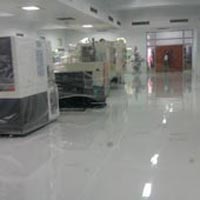
RELIABLE PAINTS Self Levelling Epoxy Floor Coating paint, in Industrial, Pharmaceuticals, Rs 400

SEMI-TRANSPARENT TURQUOISE – Epoxy Resin – EPODEX – United Kingdom
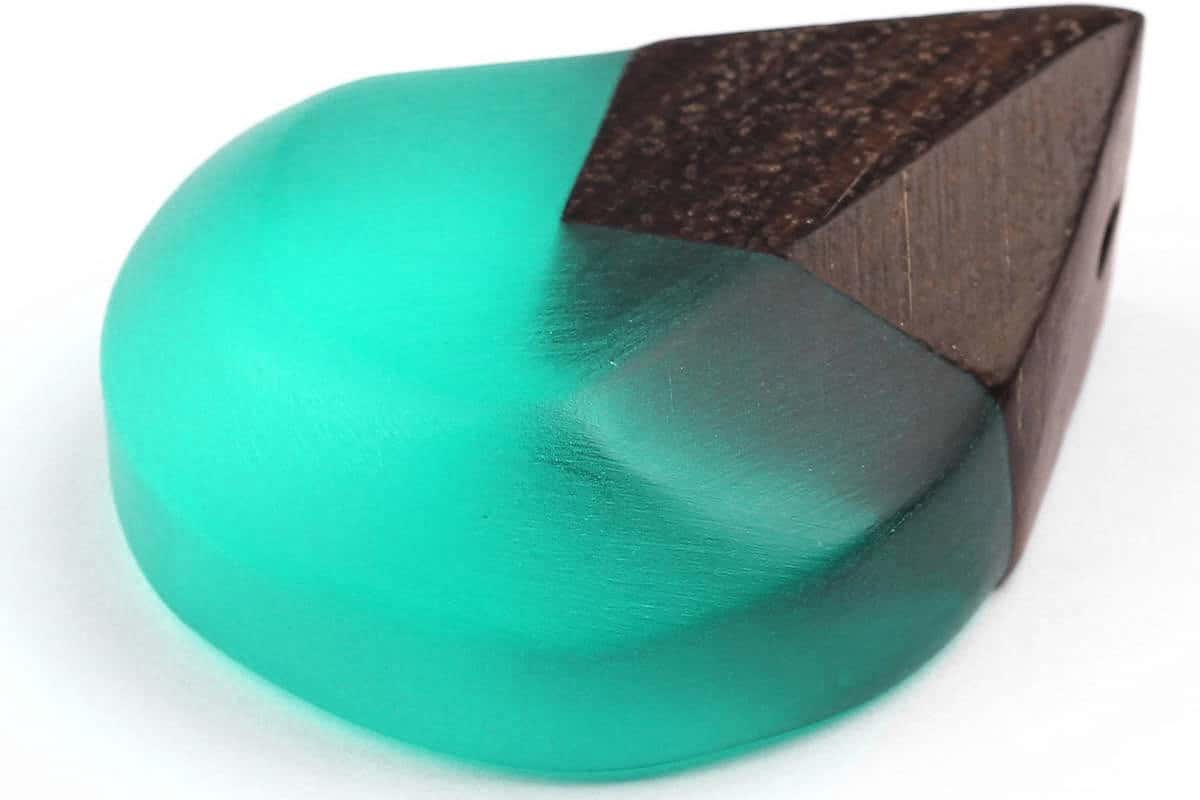
Best Garage Floor Paint (Epoxy – Polyaspartics – Acrylics- Latex?)
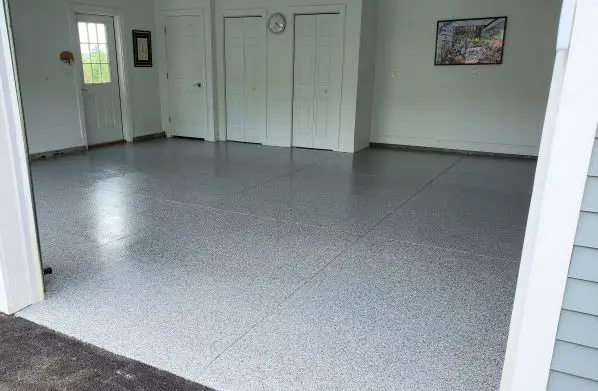
New Workshop Build – Part 2 (How to paint a latex floor with epoxy paint) – YouTube

China Cm-104 Metallic Epoxy Paint Ab Glue for 3D Floor and Table Top Coat – China Epoxy Coating

5 Liter Protective Coating Acrylic Epoxy Paint Floor For Industrial Application – Buy Epoxy
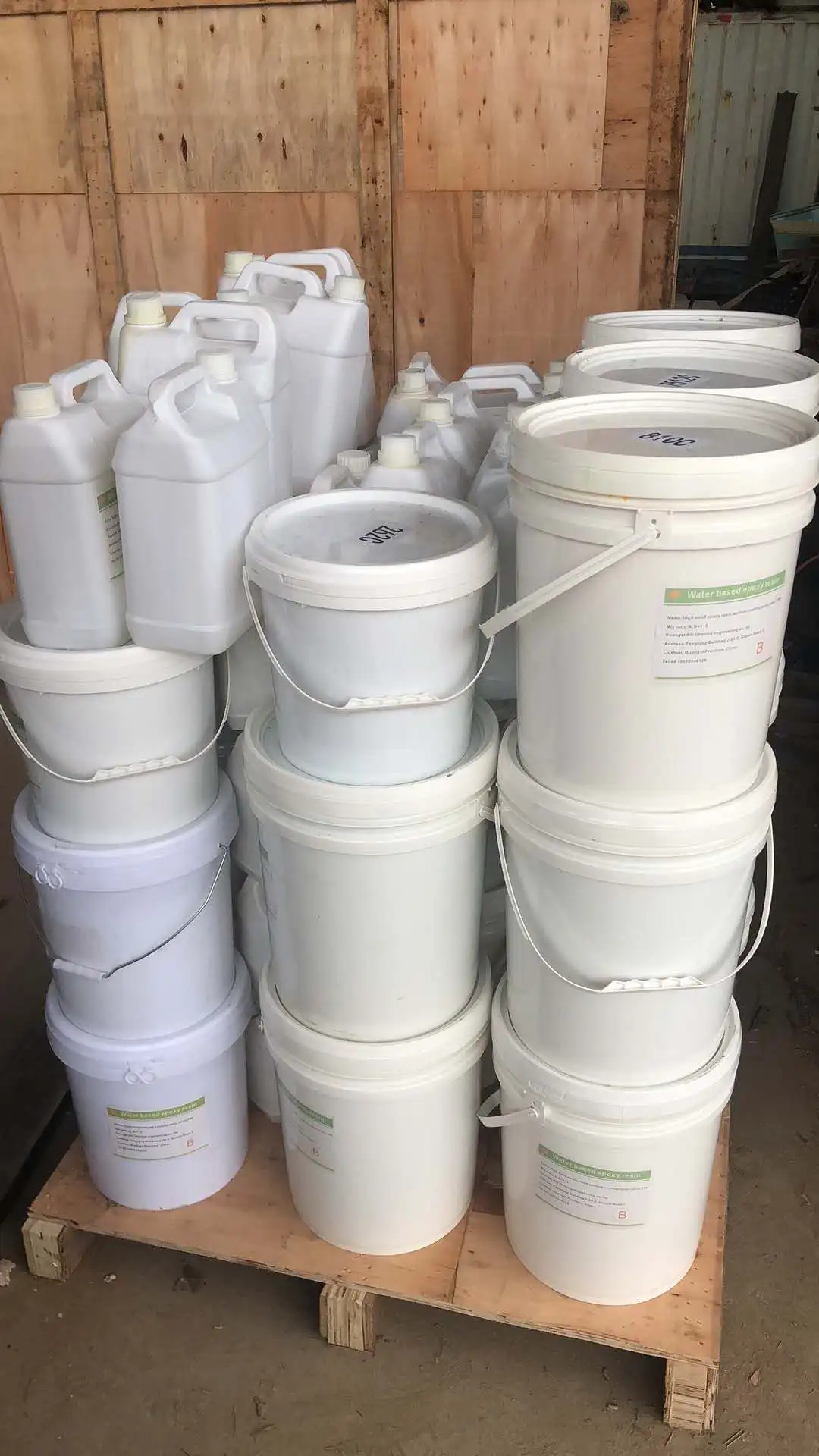
Garage Drywall Painting – Painting – Page 2 – DIY Chatroom Home Improvement Forum

Metallic Epoxy Floor Coating Sample Kit Resincoat UK
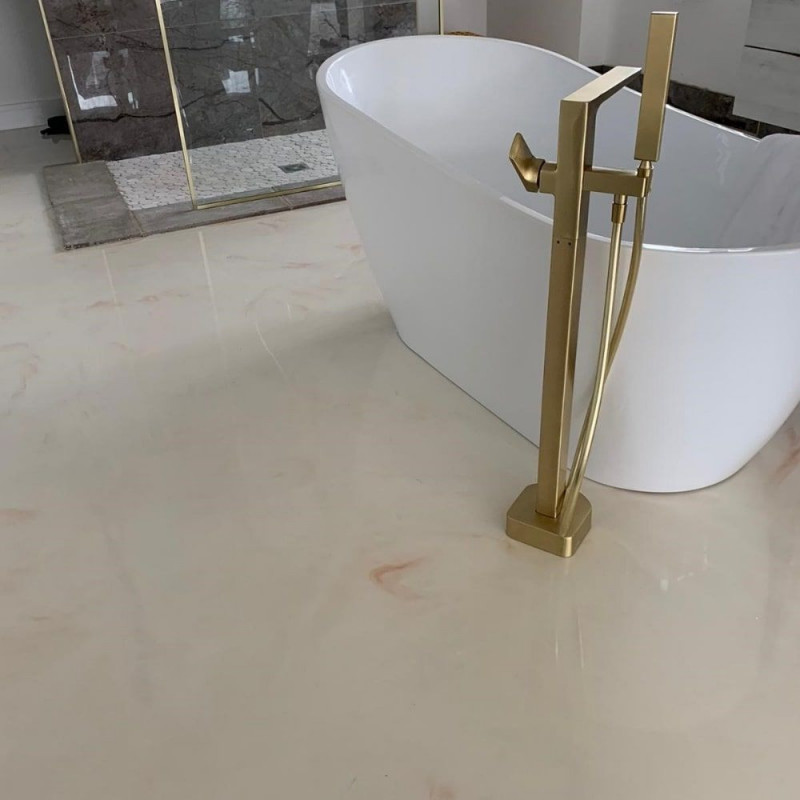
Epoxy Floor Coating & Flooring Services – Epoxy Flooring Wholesale Distributor from Faridabad

Floor Epoxy Paint Basics info 603 435 7199

epoxy floor paint with latex faux finish
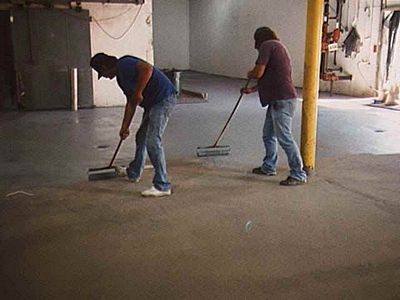
Refinishing Basement Shop Floor – Woodworking Talk – Woodworkers Forum
Related Posts: